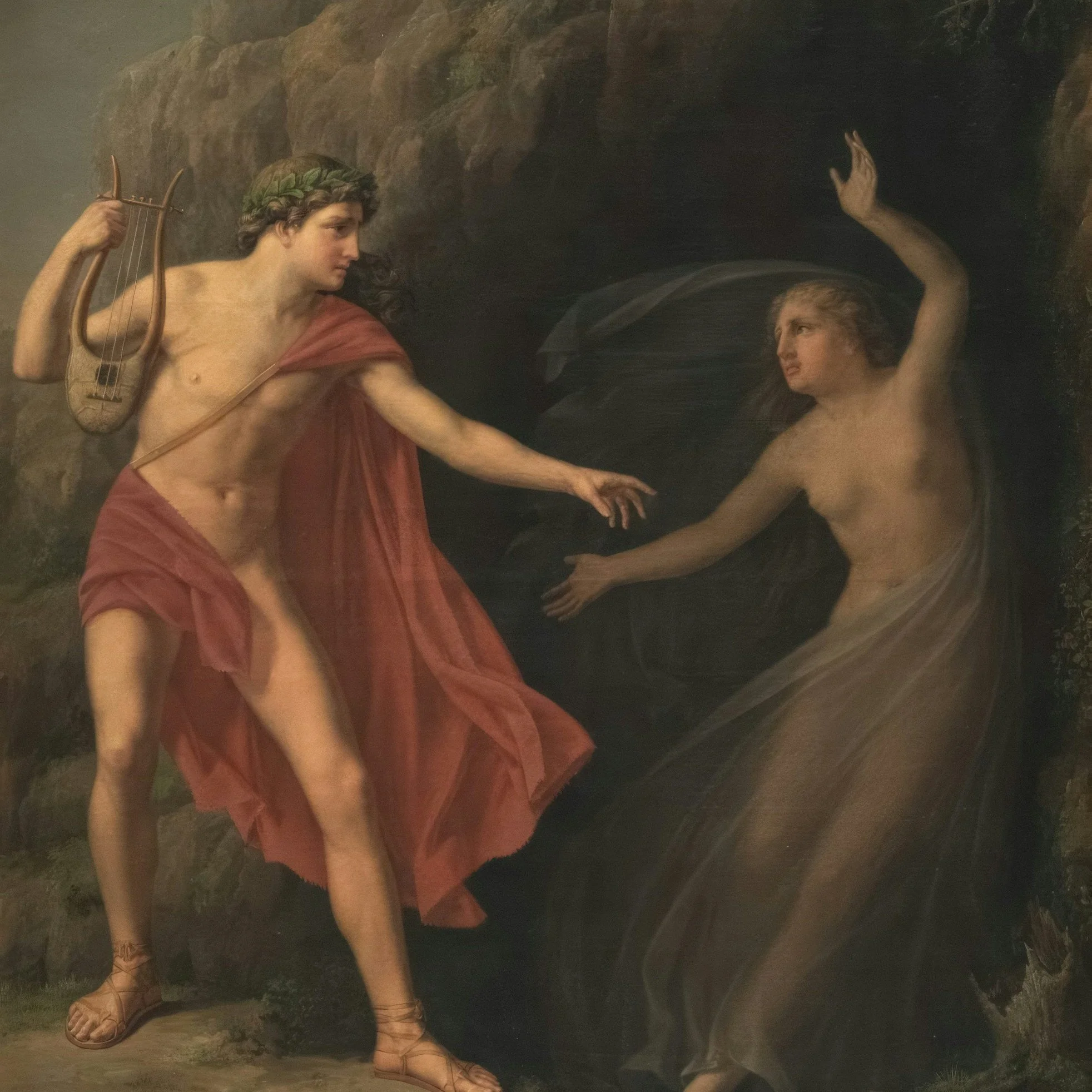The Personal Pantheon
It does not take long to discern the greats from the goods, as the truly great irk my front lobe—revealing those rare moments when art moves beyond admiration into something transcendent, humbling both creator and viewer. They pry and plead with my mind as to why I have not created something so intensely beautiful, and then I recognize this jealousy as awe rather than discontent. But it is in the pieces where I am frozen solid, relegated to a pure viewer and under no circumstance a competitor in any sense, that I can distinguish the exceptional and the sublime. There are pieces which provoke you to create and pieces made to render you still, and it is these which demand my surrender that I find most beautiful.
The Personal Pantheon
For example, I cannot fully describe with words what it felt like to stumble across Las Meninas in the Prado Museum, but I will try to paint the picture. My aching feet, having stumbled through the heat drenched streets of Madrid, found respite in the glorious walls of the Prado. I was annoyed, sweaty, and at that point preferred a tinto de verano to an afternoon of perusing art. But I perused and devoured what I could until I passed into a room of crowded tourists. They gawked, gasped. What could be the source of such entrancement? And there the puzzle lay, and consumed by it, I was all at once. Here, the artist felt like God.
Las Meninas and many of the works housed in the Prado silenced my inner critic, creator, and thinker and made me a witness. And I see this inspiration in the abstract, in the pieces of Cy Twombly and also in the simplistic, straight shooting writing of Charles Bukowski. I feel it in the stories of the Iliad, in the descriptions of the “glorious swift-footed” Achilles who died by the same foot; in the ending of Sunrise on the Reaping, in the idea of raising geese in honor of your parted lover. I am moved to tears by the all-fire of these stories and pieces which speak to beauty.
I believe we each house a personal pantheon inside of us which moves emotion in a similar fashion. For you, this may be an assortment of surrealist pieces or collected poems from Pushkin, and it is not for me to discern or judge. If you do not have pieces top of mind, I beg you to feel and where you find that bodily reverence rather than intellectual admiration, know you are stepping closer to artistic worship.
The Question of Source
Is art mimicking natural sacredness or are both rooted in something more ancient? Because against spoken word and strewn brush marks lies natural beauty which man seldom competes with. For example, the eyes of a doe as they stare me down in my passing car, green moths resting on stone walls, and flourishing, fragrant flowers which whirl and whip up the sides of rocks. I feel ancestral blood pumping through my body when I sit beneath the leaves and watch them dance. I am no match for nature’s assertive beauty, for the moles and freckles which punctuate people so masterfully and the whiskers of my tiny kitten which purrs on my lap.
These moments live in the same register of stillness, but I begin to wonder: is it technique which makes art beautiful or is it elevated by something more innate? I used to believe beauty like this was the mark of genius, but now I’m not so sure. Maybe genius is the ability to remember what we’ve always known. Nature, God, convening with not just the sun but the moon.
A Cosmology of Beauty
Art is not competing with nature but remembering it. A painting cannot outdo Santorini at sunset, nor can a sentence surpass the wind. And yet, beauty cannot be manufactured but it is man-made. That is the paradox. We are on earth, shaped by it, and when we make something beautiful, perhaps we are not inventing it but returning it. The sublime does not belong solely to the natural or the created. It lives in the echo between them, in the hush that follows a brushstroke, in the stillness between flower petals, in the soft ache of remembering something you have never lived but somehow already know.
